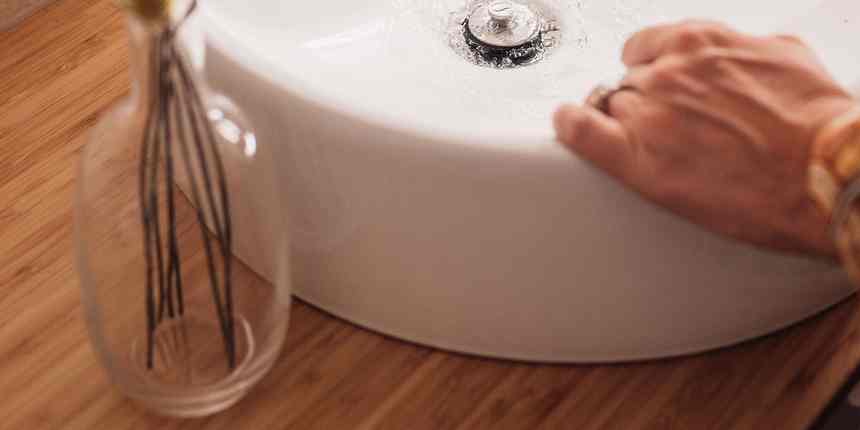From staphylococcus to E. Coli, bacteria thrive on your toothbrush. Think about it: Your toothbrush lives near your toilet, which-when you flush with the seat uncovered-sprays particles into the air that can land on your bristles. (Even washing your hands can put your toothbrush in the line of bacteria fire, if it's close enough to the water to be doused.) Bacteria on your toothbrush can lead to bad breath, gum disease, and tooth decay. So, where is the safest place to put your toothbrush? We asked dental experts to weigh in on how to store this tool properly-as well as their top tips for keeping it clean every day.
According to Jeffery Sulitzer, D.M.D., SmileDirectClub's chief clinical officer, there's only so much you can do to keep your toothbrush free of germs. "In reality," he says, "it will never be completely sterile. Whatever environment you plan to keep our toothbrush in, it will still have microorganisms which land on it." Still, keeping it far from the toilet is a great start. "Make sure your toothbrush is a healthy distance from the toilet and sink, as well as from any cleaning products," which can also affect the healthfulness of the bristles, says Jeremy Krell, D.M.D., director of dental at oral health company quip. But don't stash it away in your medicine cabinet, either: "Hiding your brush away in a cupboard or drawer prevents airflow, and a moist brush head is a breeding ground for bacteria and mold," Krell explains.
The same goes for keeping your toothbrush in any kind of enclosed case: "Storing it that way is more harmful," Sulitzer says, "because it doesn't allow the toothbrush to fully dry."
RELATED: 9 SIGNS THAT SOMETHING ISN'T RIGHT WITH YOUR DENTAL HEALTH
What's most important, the experts agree, is that your toothbrush is able to dry-and you can help that process along. After rinsing it thoroughly, store it standing, if possible, which will allow moisture to flow down the brush, rather than pool at its head, says Sulitzer. No matter what, make sure to replace your toothbrush or toothbrush head at least every three months, or sooner if you notice the bristles degrading in quality, instructs Sulitzer. Don't delay replacing a toothbrush that's gone bad: "You can tell because the bristles start to bend and fray; when that happens it's no longer cleaning your teeth properly," he says.
Over the course of a toothbrush's life, you can "sanitize" it periodically by soaking the head of the brush in mouthwash, or even distilled white vinegar for up to eight hours, Sulitzer says. "A lot of my patients will do this and soak their brush overnight," he explains. But, "a quicker option would be boiling water: You can gently stir the toothbrush in the water, and this only takes about 10 minutes to fully sanitize the brush." (Just beware of the steam!)
But don't worry too much: "While it's important to limit harmful bacteria-don't share your toothbrush with others, especially if you are recovering from a cold, for example-there are no studies to our knowledge that indicate sanitizing your toothbrush reduces the chances of contracting illness," says Krell. "Whether it's a specialized sanitizing device or antibacterial mouthwash, there is no evidence to support these methods make a marked difference in the health of your toothbrush. By accepting there will always be some bacteria in your mouth and its cleaning tools, you are already on the way to excellent oral care."








